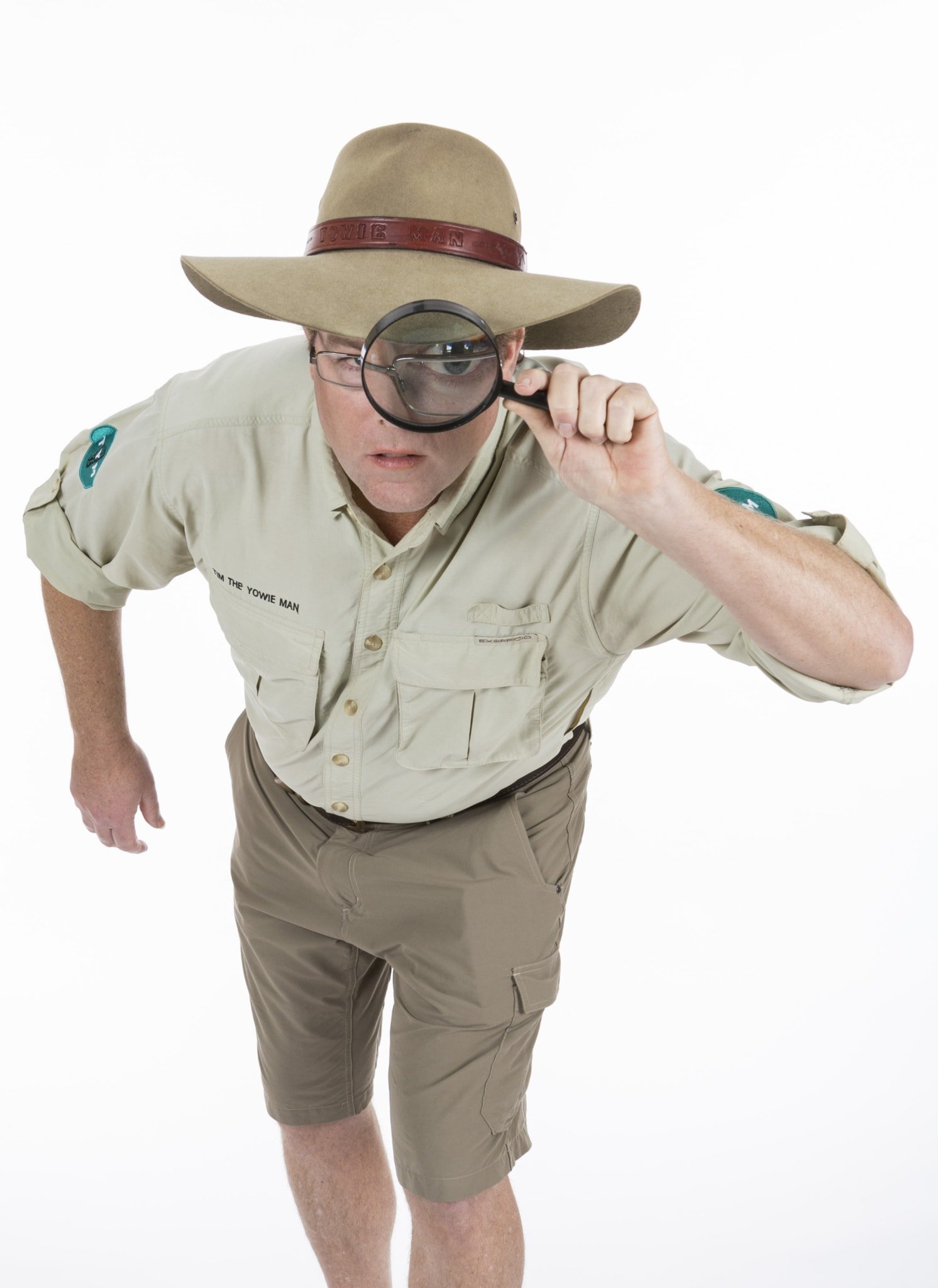The case of the roaring bunyip

Tim the Yowie Man
Tim the Yowie Man

MENTION THE New South Wales Southern Highlands and most people think of rolling hills, Devonshire teas and stores peddling antiques. But a large number of historical reports suggest that the quaint highlands’ village of Burrawang, 140km south-west of Sydney, should also conjure thoughts of bunyips.
In the valley below is a large swamp that’s home to many unusual life forms including the rare giant dragonfly, part of an ancient group of insect fliers common during the age of the dinosaurs.
Also supposedly lurking in the swamp’s murky depths is the Burrawang Bunyip, a mythical creature whose roar, according to multiple anecdotes, has sent shivers up many local spines. Unlike most bunyips, which have roots in Dreaming stories, this Burrawang specimen is a more modern marvel.
During the early 1930s a group of railway workers fled in horror after hearing strange noises they believed to be a bunyip, coming from the swamp. Maybe they wanted an excuse for having the next day off, or had spent too long at the pub earlier in the night.
The Burrawang Bunyip was at its most ferocious during the 1960s when its “bull-like roar” was often heard echoing around the swamp. “The roar was so loud it shook the bottles off the top shelf of the bar,” recalls Ed Woolfrey, former publican at Burrawang’s pub.
But, somewhat tellingly, the bunyip hasn’t been heard since part of the swamp was dammed in 1974, giving rise to theories that the infamous bellow actually came from the swamp’s peat. (The swamp is one of the best examples in mainland Australia of montane peatland, which expands and contracts with changing temperatures.)
So much for what a bunyip supposedly sounds like. What does it look like? Ask 10 people and you’ll get 10 different descriptions. Most accounts describe it as being like a feathered seal with legs. Other anecdotes are even more outlandish, portraying it as an amphibious flying creature, sporting a long cyclops-like horn. Really!
In 1847 a ‘bunyip skull’ was exhibited at the Sydney Museum, now the Australian Museum. Prominent naturalist William Macleay examined the odd-looking relic and compared it with an even stranger one with only one eye socket. He concluded that rather than being a new species, both skulls were freaks of nature – one was a deformed camel and the other a deformed foal.
Whatever its origins, the bunyip has become part of our European folklore and features in many classic Australian children’s books such as The Bunyip of Berkeley’s Creek, byJenny Wagner and Ron Brooks (Picture Puffin, 1978) and Michael Salmon’s The Monster That Ate Canberra (Halstead Press, 1972).
In 1994 Australia Post issued The Bunyip Set Fine Mint stamps. And in 2001 the National Library of Australia chronicled sightings of the bunyip in a travelling exhibition. But if you want to experience a bunyip at its bellowing best, head for Murray Bridge in South Australia. There, if you drop some coins in a slot, a mechanical bunyip will emerge from a concrete cave and roar.
Whether its call is as loud as its Burrawang cousin, we’ll never know.





